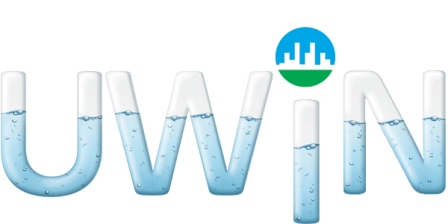Arizona Sun Corridor
Click here to meet our Arizona Sun Corridor Stakeholder Advisory Committee.
Arizona is the fourth driest state. As such the practical industries and activities in the state have always been limited at least in part by water availability. The Sun-Corridor including the Phoenix and Tucson metro areas is the focus of much of the economic and population growth of the state and as a result the focus of many efforts to manage the present and future of water supplies in the state. This region receives water from local recharge of groundwater aquifers, the Colorado River and specifically in the Phoenix metro area the flows of the Salt and Verde River watersheds through the Salt River Project.
Each of these water resources is under threat from over use and overly optimistic estimates of the water available and ongoing population growth. Arizona has over extracted groundwater beyond recharge for one hundred years but the advent of the groundwater management act in 1980 has started to rein in the worst abuses within the Sun Corridor region. Similarly the Colorado River is over allocated in the lower basin and Arizona’s low priority means shortage threatens the key resources of the Central Arizona Project. Finally forest management challenges in the Verde and Salt Rivers mean that the Salt River supplies while robust may not be as reliable as they once were. On top of all of these structural challenges climate change in the region threatens to decrease water supplies and increase landscape and agricultural water demands.
These combined challenges are being met with a variety of strategies. Water banking through local and statewide efforts may help ease a transition to a drier future. A focus on water reuse at the regional scale across the Sun Corridor promises to provide a key resource for adaptation. Continued efforts at conservation also present an opportunity to decrease urban demands for water and better match water use to available supply. The utilization of captured rainwater for landscape usage in private and collective landscapes in urban areas of the Sun Corridor also holds promise for meeting societies water demands without the over-extraction of water from the environment. All of these approaches are likely needed in some combination for each of the municipalities of the Sun Corridor to meet their water challenges.
Stakeholder Engagement
UWIN stakeholder engagement activities focus on learning from challenges facing local water communities in order to inform ongoing research, while providing tools and information to communities to further their sustainable water programs.
Meet the Arizona Sun Corridor Stakeholder Advisory Committee here.
Events
2016 Stakeholder Advisory Committee Meeting – April 11, University of Arizona
